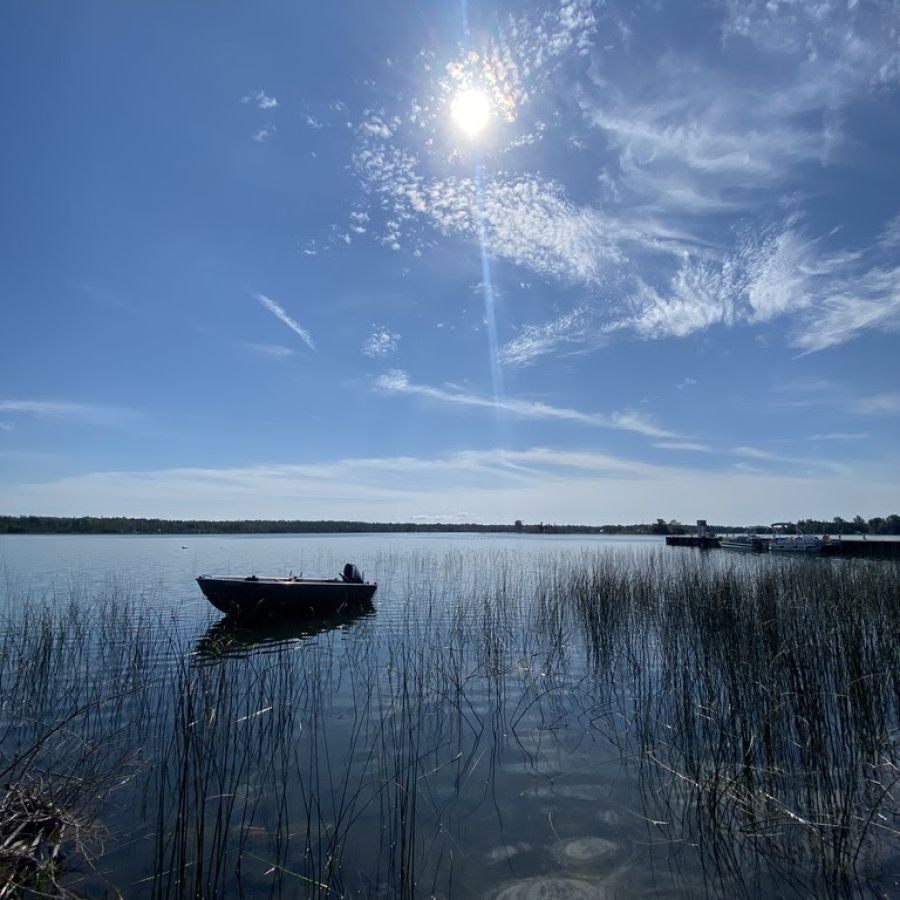Saugeen Ojibway Nation Heritage Training 2021
The Environment Office is currently looking for Saugeen and Nawash Members to participate in a four (4) week intensive archeology training (4 days/week for 4 weeks). While the exact date has yet to be confirmed, it will take place in October. When final details are confirmed there will be an additional announcement with exact dates, times, and location. Members are encouraged to sign up for this training as soon as possible as spaces in this training are limited. To learn more or to sign up for this training please contact:
Juanita Meekins
Resources and Infrastructure Executive Assistant
@email
(519) 534-5507 (leave a message and Juanita will return your call).
The principal goal of this project is to expose two young adult Saugeen Ojibway Nation (SON) community members to the rich and diverse 12,000 years of Anishinaabek culture across the SON Territory. To appreciate any culture across a vast span of time, it is necessary to understand its surroundings. Since the last retreat of the glaciers that had engulfed Ontario, change is the one constant.
As the landscape and climate dramatically shifted over the millennia, so too did plant and animal life. How people adjusted and adapted to these changes is reflected in all aspects of culture, including lifestyles, subsistence pursuits, and technology.
Archaeology provides the physical, albeit fragmentary record of these cultural changes. But to put the SON Territory archaeological record in fuller context, local sources of “Western” and traditional Anishinaabek knowledge need to be tapped. These include archaeological field techniques, material culture (artifacts) from throughout the post-glacial era, historical sources from the 16th through 20th centuries, bedrock geology, physiography (landscape and lake changes), and soils.
While the proposed four-week training session will not produce “experts” in local archaeology or any of the other disciplines, the participants will be introduced to all facets of how archaeology can “work” – specifically in SON Territory. Additionally, they will be required to become familiar with provincial archaeological standards and guidelines.
This training will have a practical, real-world application. The Environment Office of the Saugeen Ojibway Nation has assigned community members to observe commercial archaeological assessments in SON Territory; however, these monitors lack the expertise to effectively evaluate the in-field quality of the consultants’ work. The proposed training content will provide a core of “super monitors” with a base of local knowledge that far exceeds what most consultant archaeologists possess. These “super monitors” will provide real-time quality control in conjunction with the Environment Office – this is something that the Ministry responsible for licensing consultant archaeologists does not do.

